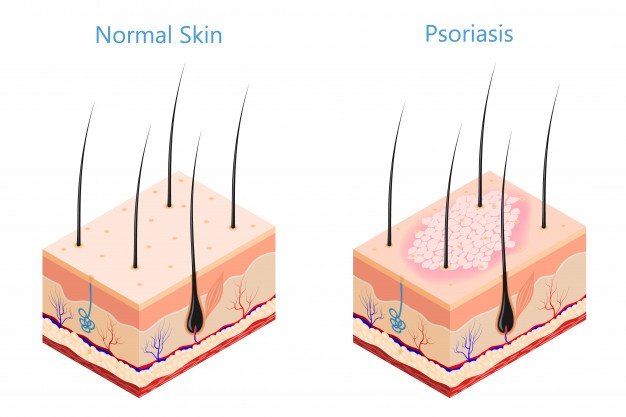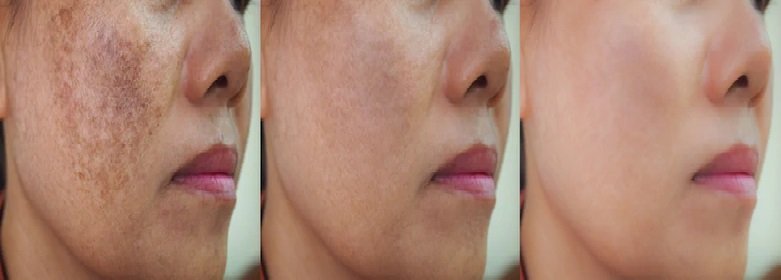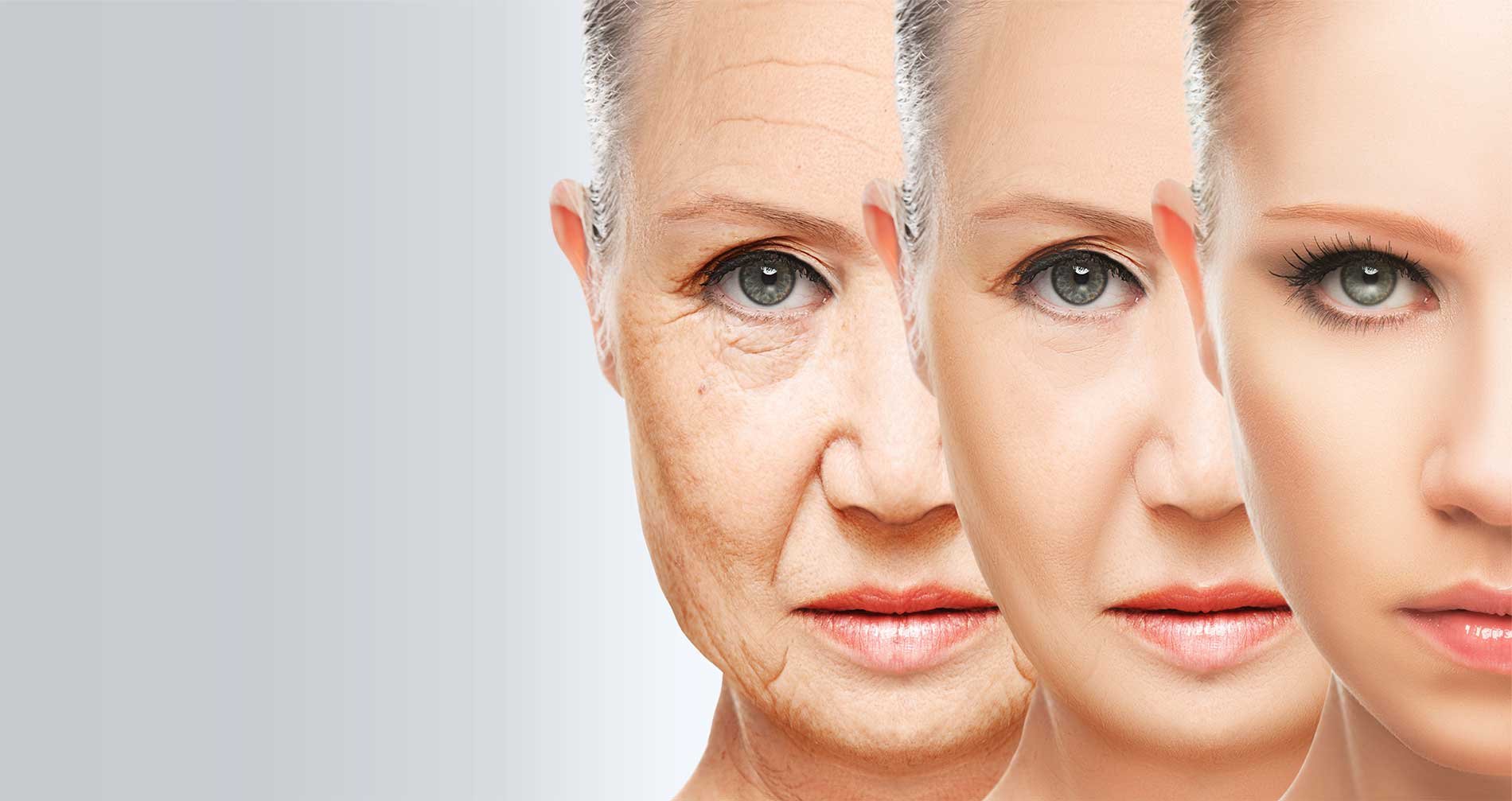Introduction
Acne scars can be one of the most annoying reminders of past blemishes, leaving facial marks that can significantly impact one's self-confidence. Despite having all sorts of face treatments and skin care, many people still struggle with recurring marks. Traditional methods like laser therapy, surgical excision of the scar, and chemical peeling usually have little yield, especially for deep facial scars. Stem Cell Research, however, is providing an unprecedented avenue in skin healing through novel methods like stem cell and exosome-based therapy. This blog explores how stem cell therapy is revolutionizing scar removal and offering new hope to patients with acne scars. Connect with medical professionals if you want to know more about stem cell therapy.
Understanding Acne: Types & Impacts
Acne scars are not just cosmetic problems—they can significantly affect mental well-being. Face scars are typically caused by red spots such as pustules, cysts, and nodules. When the acne is embedded deep in the skin and it ruins the tissue underneath, the body attempts to repair the damage, occasionally leaving behind misplaced collagen deposits that become visible as scars.
There are a variety of acne scars: ice pick scars that are tiny deep depressions; boxcar scars with hard edges; rolling scars with a wavy look; and hypertrophic or keloids, raised scars from too much collagen. Treatment of keloids, in particular, is exceedingly hard and typically not responsive to standard scar remedies. Pimple scar treatment for atrophic scars can also be a slow process and requires multiple sessions of skin treatments. Understanding the nature of these scars is crucial to determining the right facial treatments for scar removal.

What Are Stem Cells & Exosomes
Stem cells are the body's repair kits. They are undifferentiated cells that have the unique property of transforming into specialized cell types and play a significant role in tissue repair and regeneration. For skin care and scar treatment, stem cell therapy uses mesenchymal stem cells (MSCs), which are usually harvested from adipose tissue, bone marrow, or the umbilical cord. They are rich in growth factors and anti-inflammatory compounds that promote healing and prevent scarring. Exosomes are tiny vesicles secreted by stem cells that serve as communicators.
They carry proteins, lipids, and RNA to repair damaged cells, stimulate collagen production, and enhance tissue remodeling. Exosome therapy is gaining popularity for facial therapies as it enhances cell-to-cell communication and triggers skin regeneration without implanting live cells. Because of Stem Cell Research, stem cell and exosome usage in scar healing has advanced significantly. Clinics now offer treatments with the injection or topical use of stem cells or exosomes for facial scars and wrinkle therapy, improving overall skin texture and tone. If one is considering stem cell therapy as a viable option, then one can book a doctor video consultation on our platform in just a few clicks.
Mechanism Behind Skin Regeneration
The skin regeneration via stem cell- and exosome-mediated is astounding. When applied to scar tissue, stem cells produce bioactive factors that activate dermal fibroblasts—the cells responsible for the production of collagen and elastin. Collagen is the primary structural protein of the skin and is directly involved in scar healing and elasticity. By inducing the production of collagen, stem cell therapy helps repair damaged tissues with new layers of healthier skin, thus making scars less noticeable.
In addition, exosomes help reduce inflammation, prevent fibrosis, and encourage vascularization. This equates to improved blood supply and oxygenation to the damaged area, accelerating the healing process. The result is not just cosmetic but functional repair of the structure of the skin. Even excisions of surgical scars now include stem cell infusions to facilitate easier healing and prevent new scarring on the face. Stem cell therapies also have an impact on the sebaceous glands, regulating sebum production and reducing the tendency for their recurrence. It is a two-way approach that not only treats existing scars but also prevents future breakouts, making it a comprehensive approach in skin care and scar removal treatment programs.
Types Of Stem Cell-Based Therapies
There are various methods applied in stem cell-based scar removal therapies, and the chosen technique is based on the type of scar, condition of the skin, and objectives of therapy.
1. Autologous Adipose-Derived Stem Cells (ADSCs): This method involves harvesting fat cells from the body of the patient (usually from the belly or thighs), isolating the stem cells, and injecting them into damaged tissues. It is often used with laser or microneedling to enhance results.
2. Bone Marrow-Derived Stem Cells: These are rich in regenerative capacity and generally used on deeper or more stubborn scars. While more invasive to extract, bone marrow stem cells are highly potent and very effectively used in skin treatments with older or more fibrotic scars.
3. MSCs from Umbilical Cord: Obtained from donated umbilical cords, they are used on patients who may not have usable sources from the fat or bone marrow. These cells grow at a very high rate and have anti-inflammatory properties, and are best for removing wrinkles and scars.
4. Exosome Therapy: This cell-free treatment utilizes the stem cell healing messengers. Exosomes are administered via microneedling or injectables and are popular for advanced facial scar rehabilitation because they offer regenerative worth without live stem cell manipulation issues.
5. Stromal Vascular Fraction (SVF) and Nanofat Grafting: These are more recently introduced techniques where a mixture of fat and stem cells is treated to form a highly liquid state and injected into the scar tissue. This is especially effective for deep pitted scars and overall rejuvenation of skin tone and texture.
Stem cell preservation is also becoming an important part of personalized skin treatments. Stem cell storage for future use is being offered in clinics, and although stem cell storage may vary, it's gaining popularity among those seeking long-term anti-aging as well as scar removal treatment.
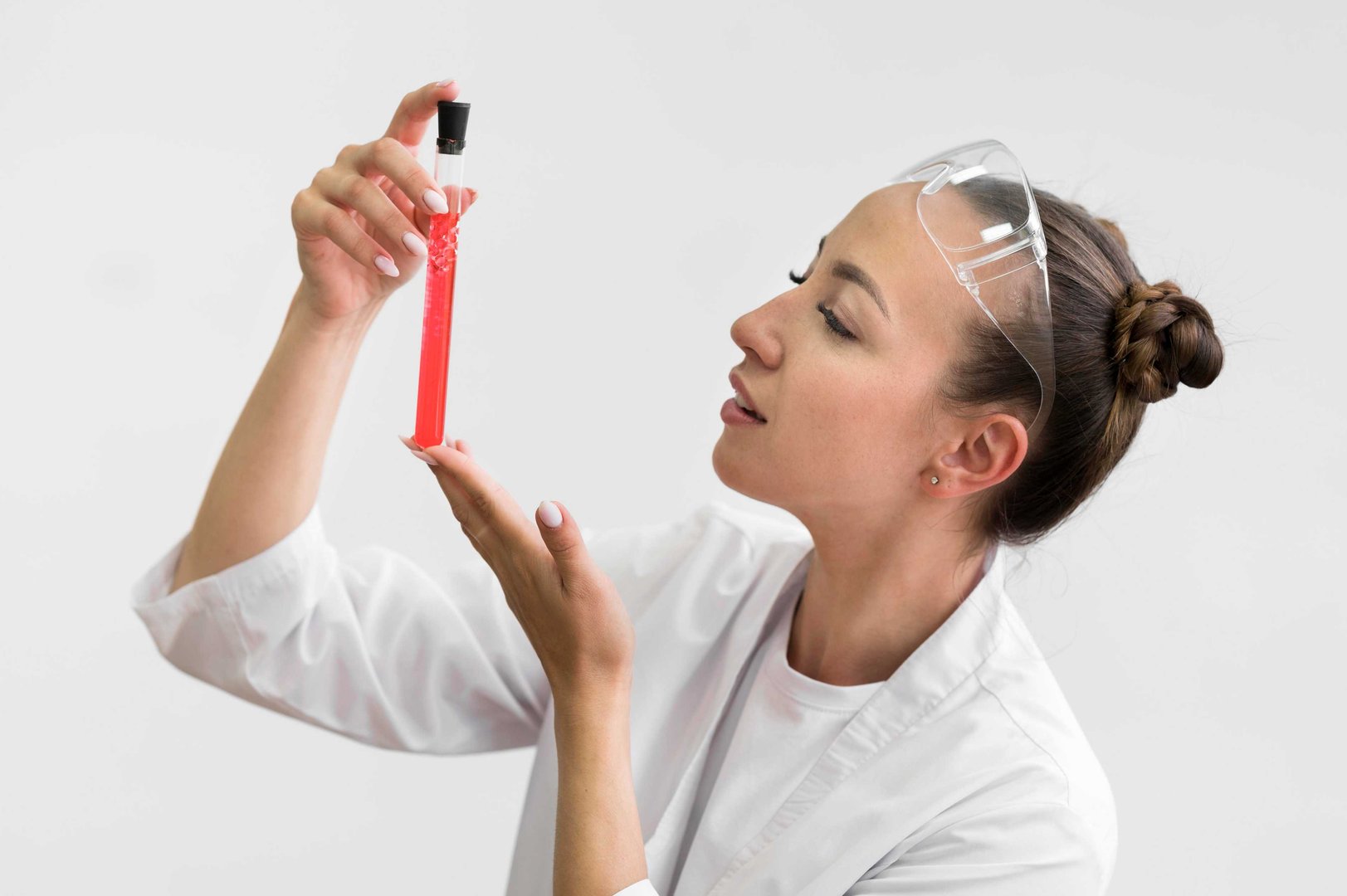
Benefits Of The Treatment
Stem cell therapy for scar removal is distinct from other treatments in that it doesn't simply mask scars—it works on a cellular level to repair healthy tissue.
The outcome is a more natural appearance, softer feel, and long-lasting result. Perhaps one of the best advantages is that these procedures are very minimally invasive and can be tailored to accommodate certain skin types and scarring patterns. In pustule treatment or facial scar treatment, stem cell therapies have proved to be efficient in cutting down the healing time by half when compared to conventional surgical scar excision.
They are also effective in combination with other facial treatments such as laser therapy, providing a multi-approach method of removing acne scars.
These treatments further add to skin hydration, elasticity, and tone, keeping the patient with a more youthful appearance than mere scar diminishment. In wrinkle reduction treatments and pimple scars removal, the benefits of collagen remodeling are an added benefit it with increased overall improved skin quality. It is soon that, with advances in the preservation of stem cells, people are investing in stem cell storage for such regenerative qualities in the future. While stem cell storage costs might be high, long-term benefits justify it as an expense worth incurring for individuals considering high-end skin treatment options.
Risks & Limitations Of Treatment
As much potential as stem cell therapy holds, there should be a recognition of risks and limitations as well. First, the technology is still under active study. Early findings are encouraging, but more extensive clinical trials are required to develop standard protocols. Variability in treatment responses exists, too—what is effective for one patient may not be for another, particularly with hypertrophic or keloid treatment. The process is not risk-free either. Infections, allergic responses, or poor cell viability might result if not performed under rigorous sterile conditions. Some stem cell treatments involve minor surgery for fat or marrow harvesting, adding a degree of invasiveness and expense. Not all products available in exosome therapy are clinically established, resulting in variability of outcomes.
The price of stem cell storage and the price of therapy can be the limiting factor for most. While technology is becoming more widespread, stem cell storage costs are still not affordable in high-end clinics. Additionally, the regulatory landscape is shifting, and in some regions, these therapies are not FDA-approved or legally off-limits. So, whereas stem cell therapy is a very effective tool for the treatment of scar removal, it's always necessary to sit down with certified specialists or dermatologists and have treatments performed in well-established centers. It's no magic pill but rather a science-driven boost to existing skincare regimens.
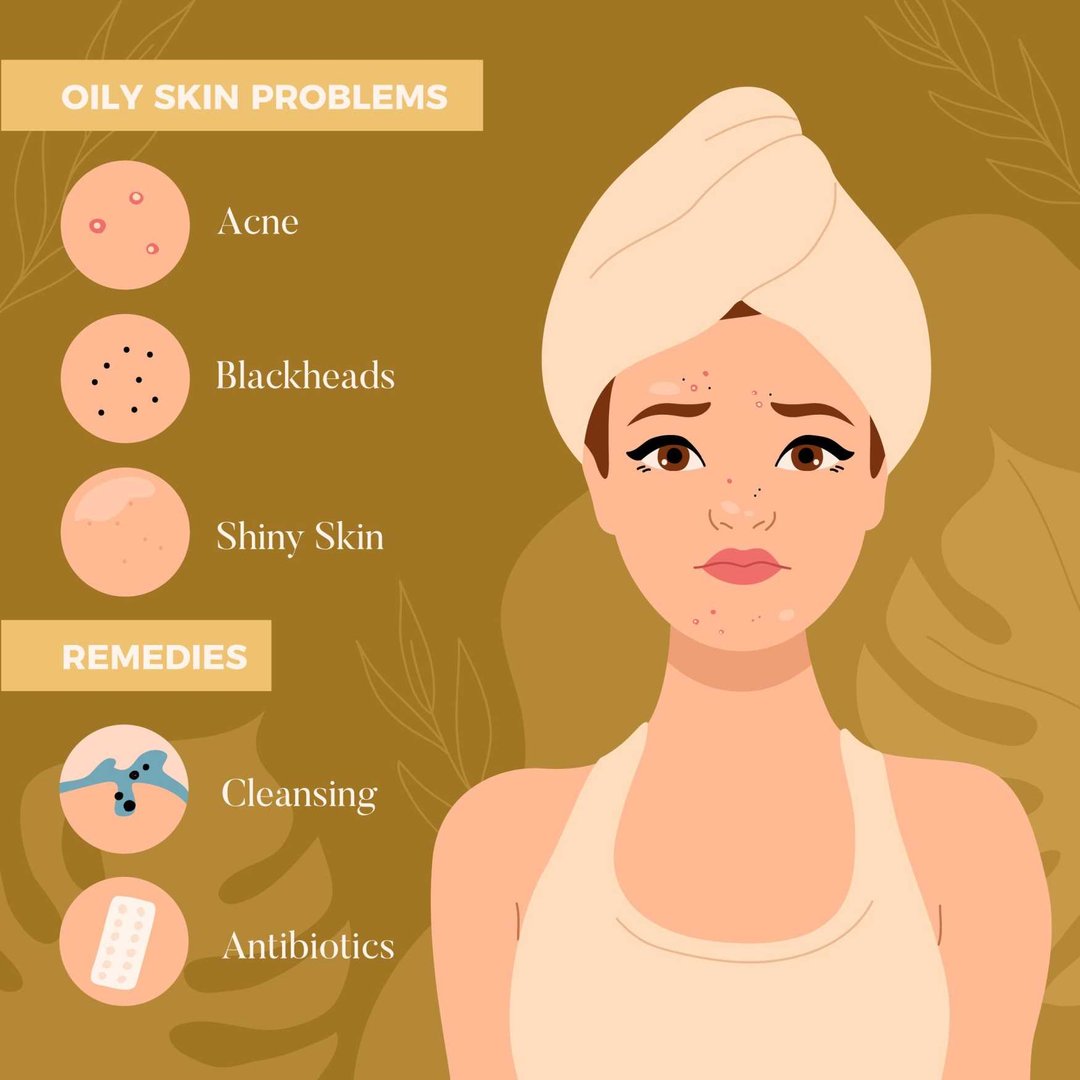
Future Direction Of Treatment
The future of stem cell therapy in facial scar treatment is full of potential. Scientists are working on enhancing the efficacy of exosome formulations and combining them with nanotechnology for targeted delivery. We’re also seeing advances in 3D bioprinting, which may allow for custom skin grafts infused with stem cells for more comprehensive scar repair. Gene-edited stem cells are being worked on by researchers who will give even greater healing potential. They could be revolutionizers for scar treatments and extend into other areas such as burns, surgical scars, and pigmentation issues. The success rate of the treatment can increase significantly if maximum treatments are integrated with the stem cell therapy. As clinical evidence grows, we can expect stem cell-based creams or serums to be launched that you can use at home, providing non-invasive and powerful solutions for eliminating scars.
Clinics also begin to offer subscription packages for stem cell storage, where patients can bank their stem cells for future use. As the price of stem cell preservation becomes more competitive and technology improves, this may soon become standard in cosmetic dermatology. As Stem Cell Science and popular interest continue to expand, there will be increasing and increasing regulation from all corners of the globe, placing patients in a safer position and providing more uniform care. It is not an exaggeration to suggest that stem cell and exosome therapy will become the standard of modern skin care and facial scar correction.
Summary
Stem cell treatment of acne scars is a revolutionary shift in the approach to skin regeneration and scar elimination. From collagen stimulation to managing inflammation and stimulating healthy skin architecture, these treatments hold out promise for people suffering from chronic facial scarring. While traditional treatments like laser and surgical scar excision remain useful, stem cell and exosome-based skin therapy are more regenerative and comprehensive.
Whether it's pimple scars treatment, wrinkle treatments, or simply skin care, the future of this revolutionary practice looks bright. As with any medical treatment, however, one needs to be aware of the risks, check stem cell storage cost, and seek guidance from professionals they can trust. With Stem Cell Research continuing its advance, the dream of flawless skin might just be a reality for the majority.
References
https://stemcellres.biomedcentral.com/articles/10.1186/s13287-025-04311-8
https://pubmed.ncbi.nlm.nih.gov/37682505
https://stemcellres.biomedcentral.com/articles/10.1186/s13287-025-04311-8


